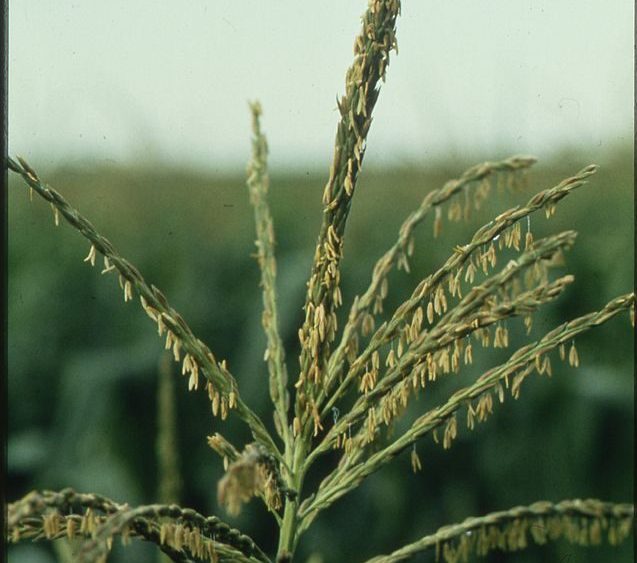Two women leaders in the United States have given voice to the generational transition happening in the agriculture scene with two different modern approaches.
On Monday, August 28, 2023, Deputy Secretary of Agriculture Xochitl Torres Small toured North Carolina University where she hailed farming technology as a future solution for shrinking farmlands.
In Minnesota, U.S. senator Tina Smith mentioned a bill she is proposing for passing on farming knowledge to the new generation. Her delegation included the federal Secretary of Agriculture, Tom Vilsack.
“An opportunity for…paid hands-on training,” she enthused, citing that the average age of farmers in MN and the country is between 58 and 62.
This is why young people ought to take advantage of the transition or otherwise, big companies may take over traditionally family-run farms in the United States.
Importance of Small Family farms in the U.S.
Family farms, which families operate or lease, represent 96% of all farms in the U.S. Out of this percentage, 88% of countrywide farms are small family farms. This is per the 2017 census that found that household farms in the U.S. totaled more than 1.79 million units.
While small family farms earn a compounded amount of less than $350,000 per year, mid-level farms earn up to $1M. Large farms, on their part, gun for $1M and above.
Small farms supply 19% of their produce to the market, while large farms supply 43% of market produce. This is despite the latter being only 3% of all farms in the country.
The above significance of small farms was not lost on Senator Smith on Monday. She said that she wants to ensure that amid the ongoing land ownership transition, “those farms stay family farms.”
This is why she is poised to present the bill in upcoming Congressional sessions.
Technology role to rescue shrinking acreage
On her part, Deputy Agriculture Secretary, Torres Small, cited the input of research to develop climate-resilient crops and battle the toll of urbanization on the most fertile U.S. land.
She echoed the remarks of Smith by encouraging young people to become the next farming generation.
While finding parallels between technology and research, her belief is that the new generation will one day become agricultural leaders. She mentioned future workers of the U.S. Department of Agriculture (USDA) as an example.
The major crops of Minnesota and North Carolina reflect the visions of the two women leaders. In Minnesota, soybean and corn are the two leading crops, each of which requires a degree of drought-resistance technology. North Carolina’s agriculture, likewise, enjoys soybean and corn dominance. Soybean acreage reaches 1.7 million acres, the highest in NC.
